The shorelines of the San Juan Islands are dynamic places where land and sea meet in a collision of geology, water, and natural forces. When left unchanged by humans, shorelines and the wide range of life they support are amazingly resilient.
But what happens when we modify our shorelines to accommodate our desires to build ever closer to the water and gain even-more stunning views? To get a better understanding of how we’re shaping our shorelines and whether regulatory protection policies are working, Friends of the San Juans (Friends) recently released the results from 10 years of research on shoreline modifications throughout San Juan County.
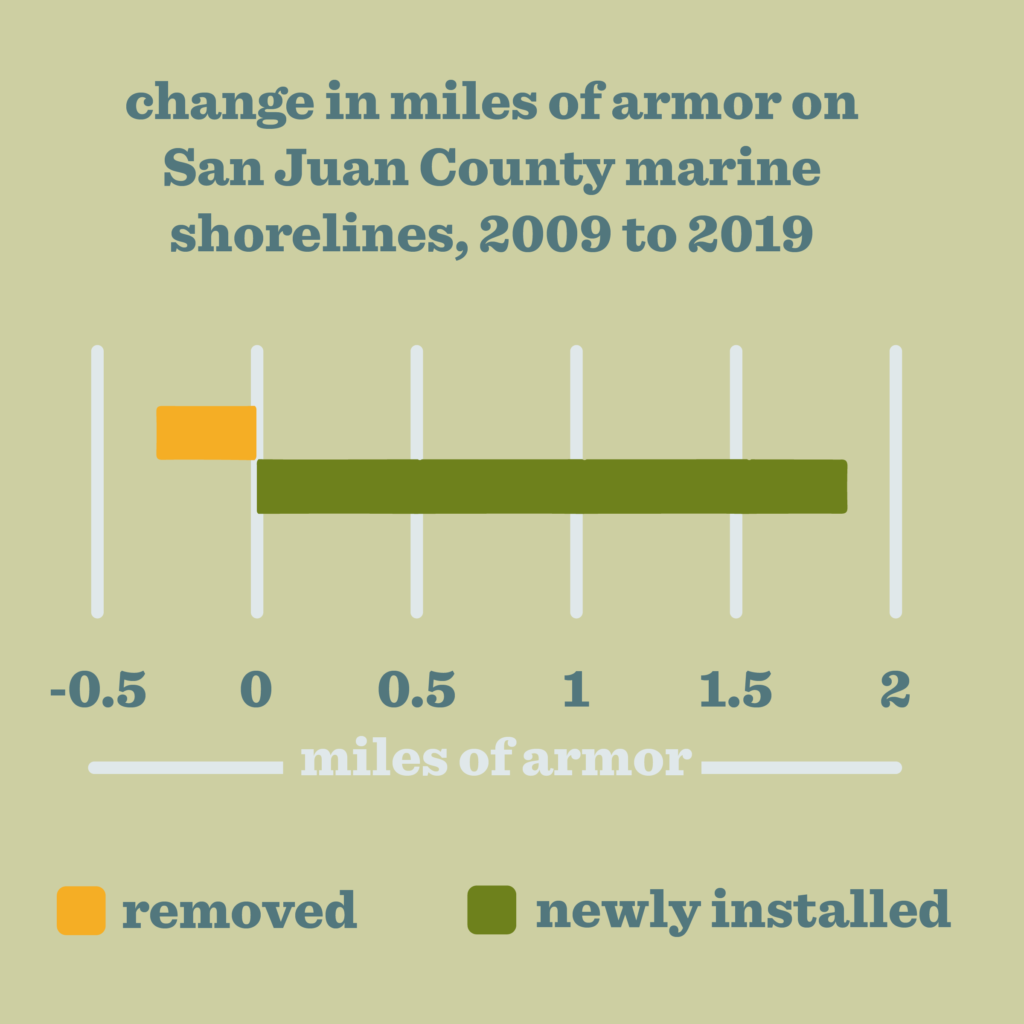
Despite knowing just how harmful it can be, the installation of new shoreline armor (also known as bulkheads, sea walls, and rip rap) is still greatly outpacing armor removal. Friends identified that, in just 10 years, new armor was installed at over 100 locations, adding almost two miles to the previously mapped 25 miles of hard armor along San Juan County’s shorelines.
Why does it matter? Orca need salmon, salmon need forage fish, and juvenile salmon and forage fish need healthy beach habitat. Shoreline armor directly buries and alters habitats essential to juvenile salmon and their prey, disrupting the processes that form and maintain the beaches we all love.
In 2009, Friends surveyed all 400-plus miles of marine shoreline in the county, and then repeated the effort in 2019 for comparison. Findings showed nearly two miles of newly-installed armor in addition to the 25 miles of armor that had previously been mapped. Armor was removed from just 0.3 miles despite programs to help with habitat restoration. And despite stronger protection policies, new armor is still being installed in critical habitats such as sediment supply bluffs (a.k.a., feeder bluffs) and forage fish spawning beaches.
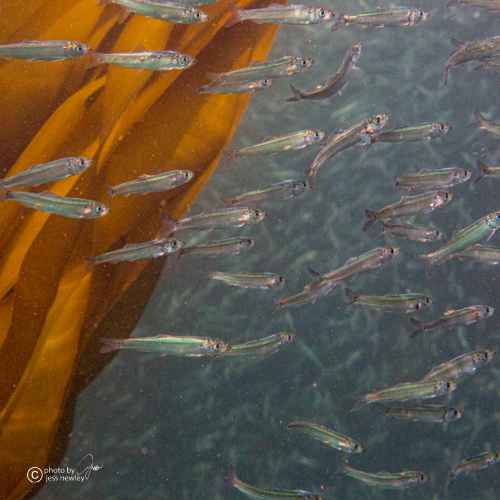
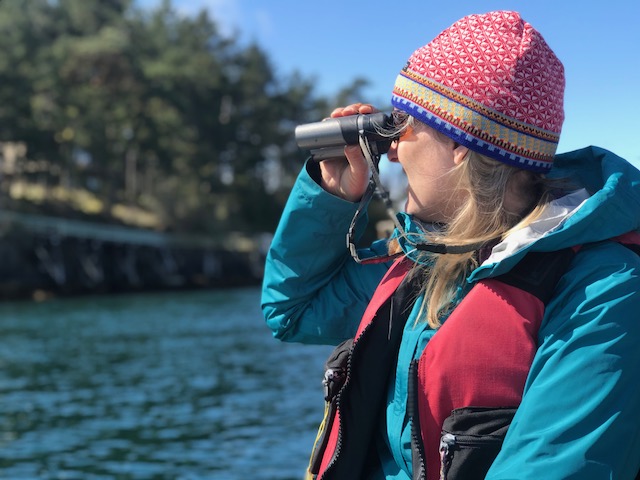
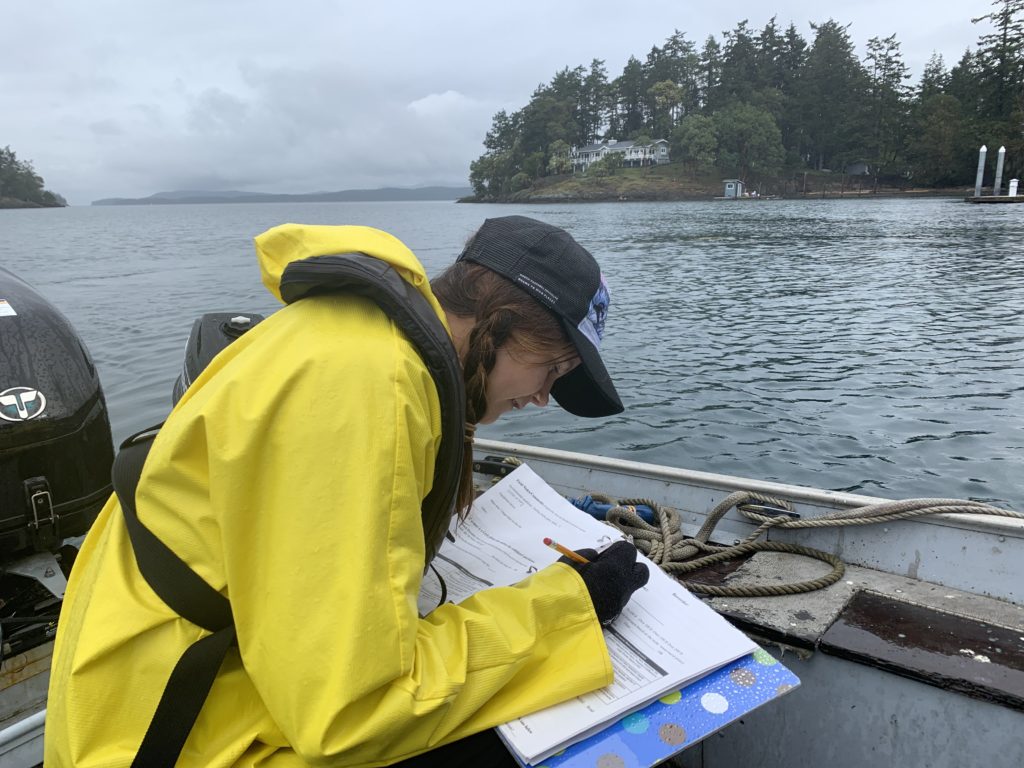
To better understand how environmental regulations are impacting shoreline armoring, Friends included an analysis of permit records along with the armor mapping research. Together, on-the-ground mapping and policy results provide a holistic view of the current state of affairs of our shorelines.
After an extensive review of County and State permits, Friends’ research found that more than 90% of new shoreline armor installed in San Juan County between 2009 and 2019 lacked the required state and/or local permits before being constructed.
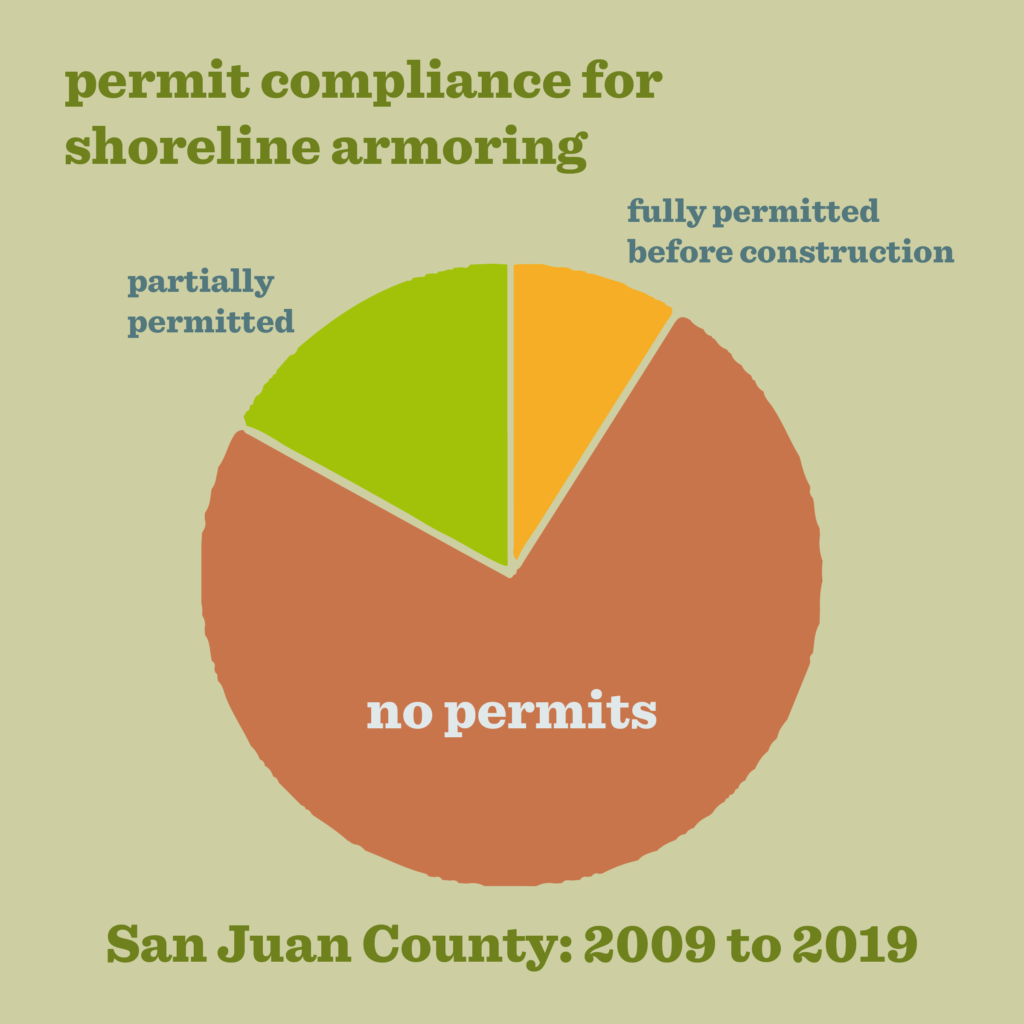
Permit records for new armor installed 2009-2019 showed very low compliance with local and state regulations. 74% of the new armor was installed without any permits. Less than 10% of new armor had all required local and state authorizations before being constructed. Results illustrate the value of monitoring on-the-ground conditions, in addition, to permitting records when evaluating armor trends. Results also support that a more proactive approach to compliance could help ensure fair, effective, and consistent application of shoreline protection policies. This is vital not just for our critical habitats but also to ensure rules are applied fairly to all. Friends is now sharing these findings with land managers and decision-makers, working constructively with state and local staff on solutions, and exploring opportunities to improve the effectiveness of regulatory and voluntary programs to protect our beaches into the future.
Read the Full Report
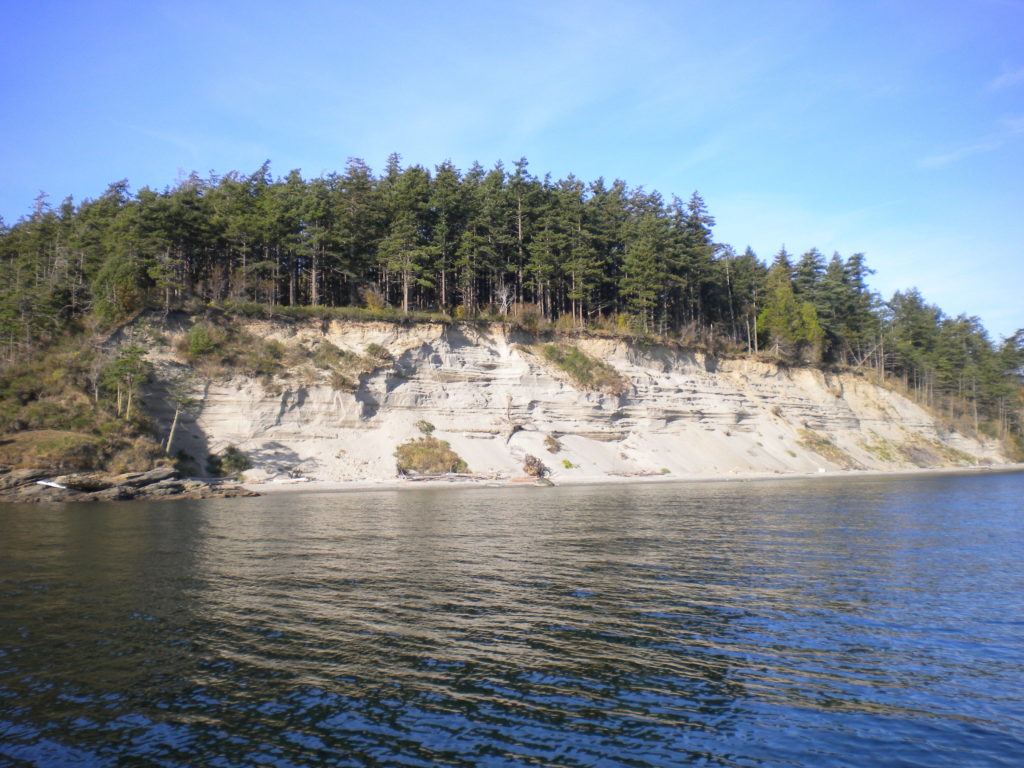
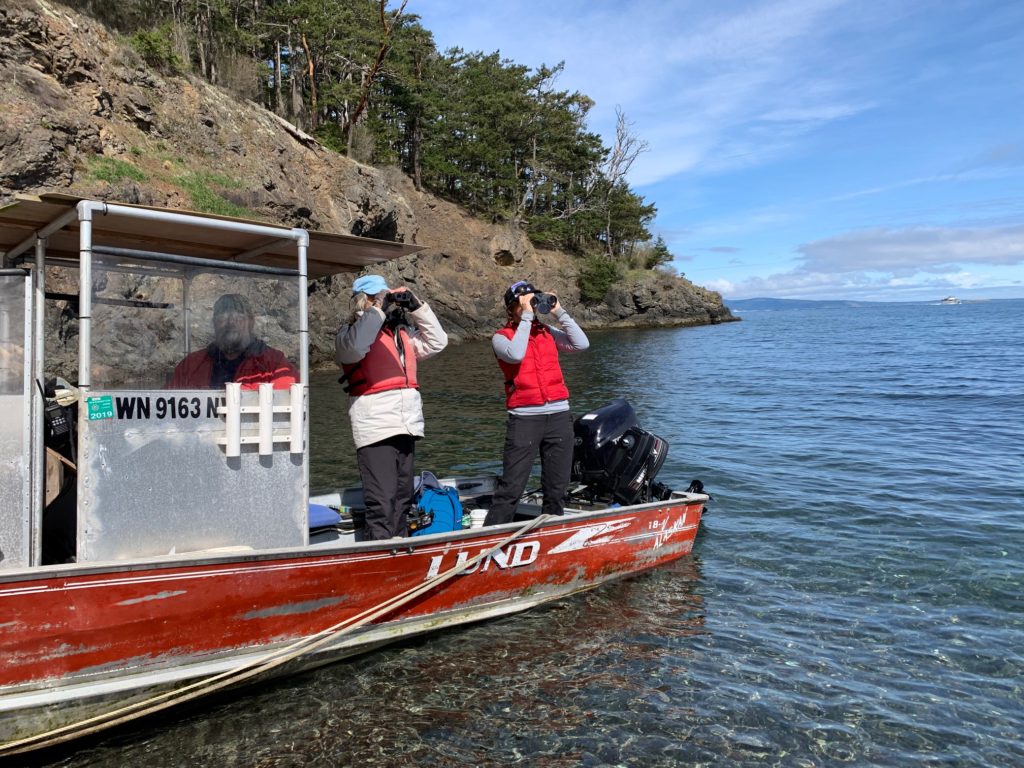
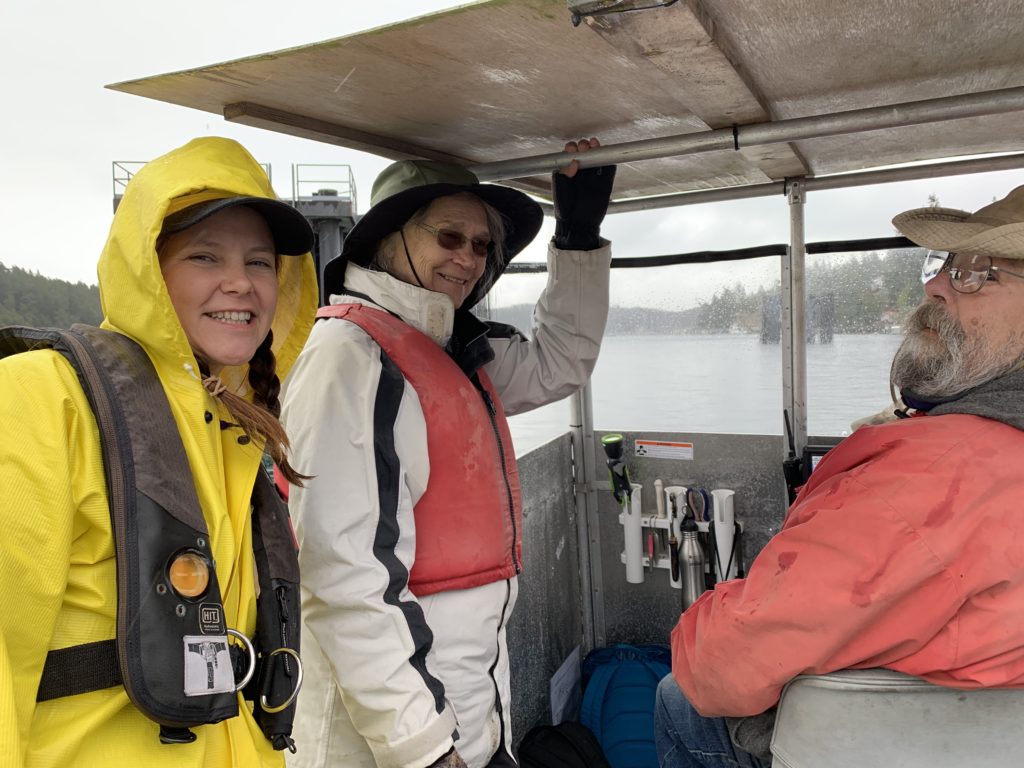
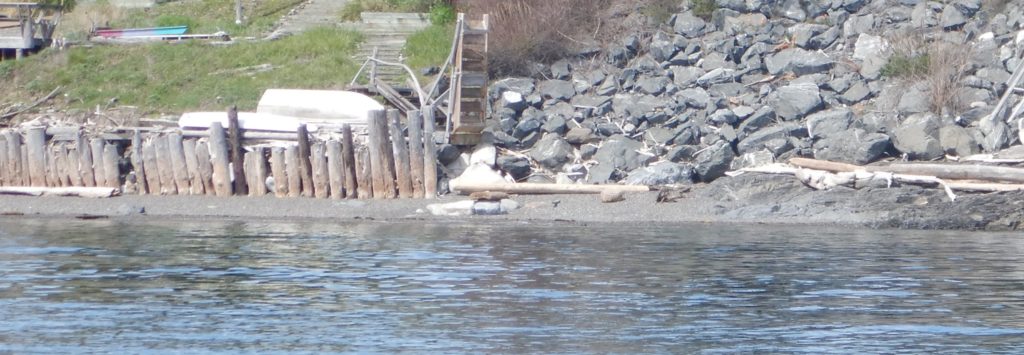
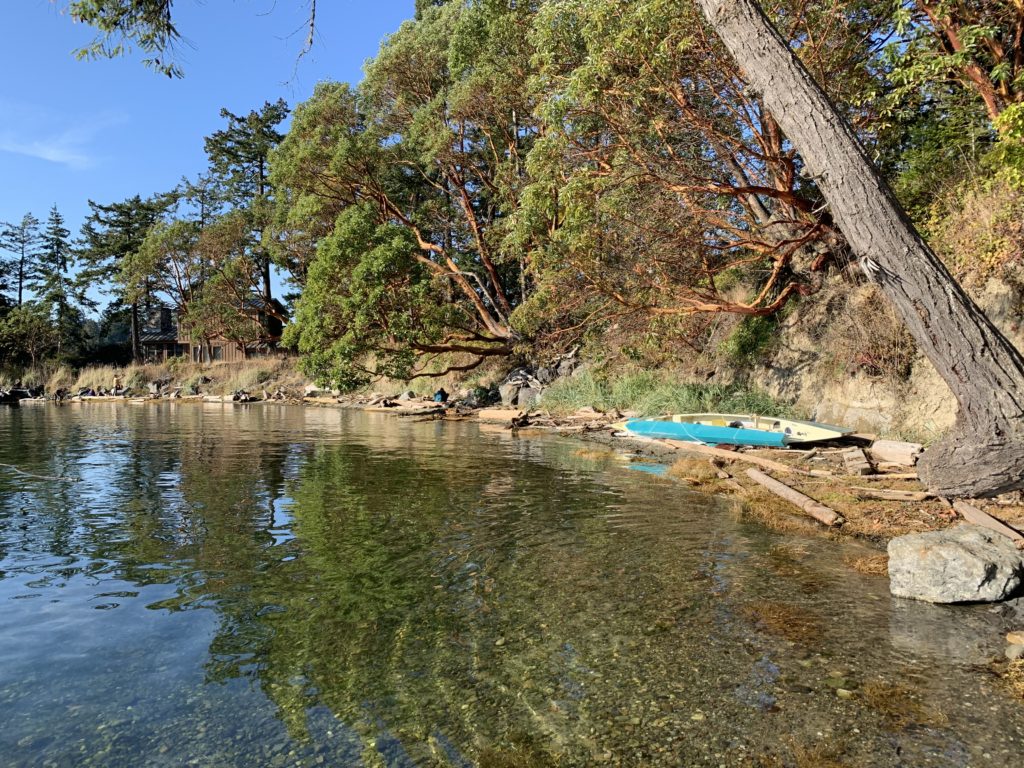
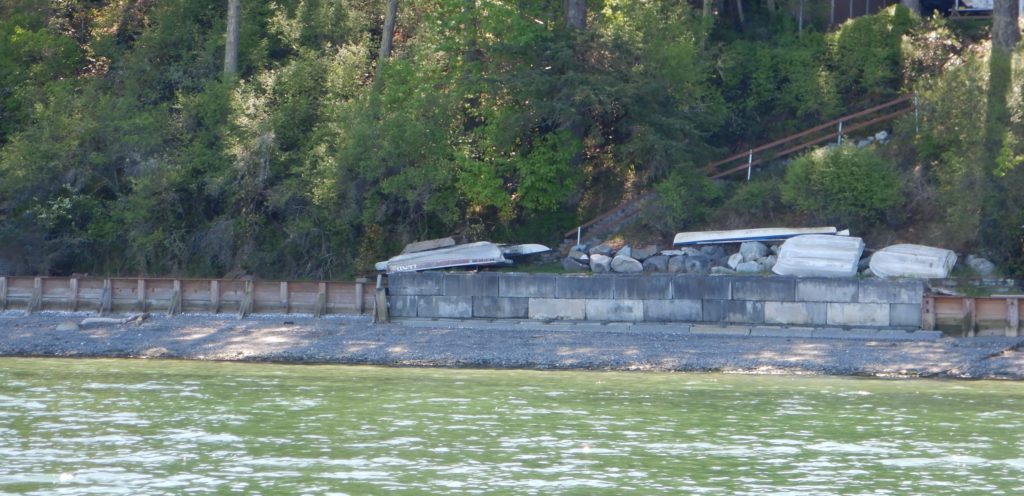
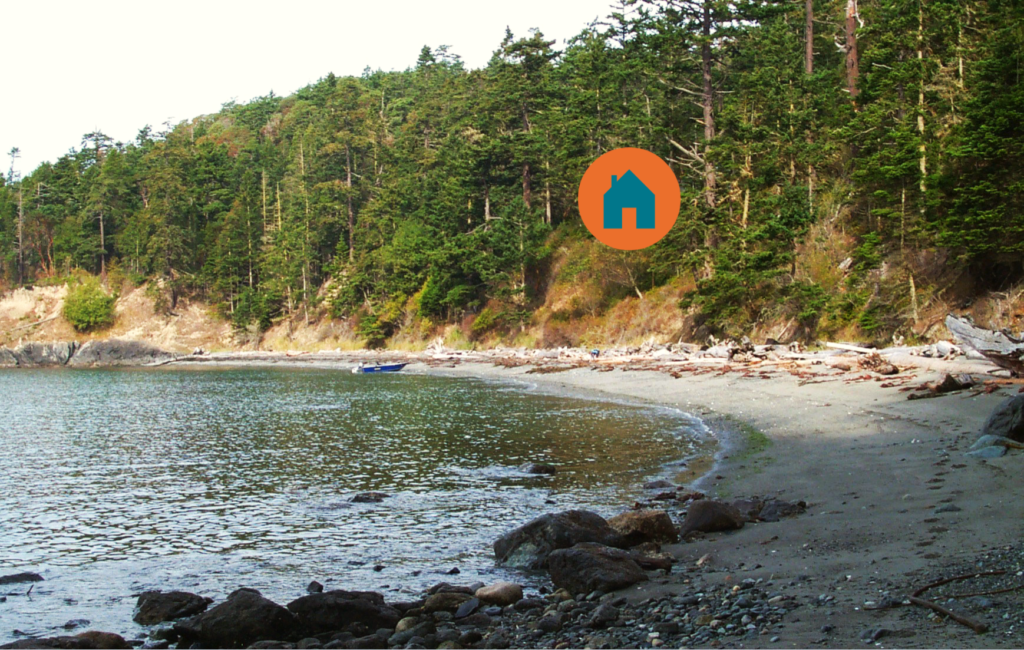
Resources for Shoreline Property Owners
- Shoreline Stewardship Guide
- Sea Level Rise Resources for San Juan County
- Shoreline Vegetation Resources for San Juan County
- Shore Friendly Website — Protecting Your Property And Puget Sound
Are you a property owner interested in assistance with your shoreline?
Friends shares information with property owners about land management options. Understanding the options and how to implement them makes environmentally minded choices easier. Through site-specific technical assistance, Friends helps interested property owners achieve property protection, and maintain important ecological services such as water quality and wildlife habitat. Contact, Tina Whitman, Friends’ Science Director for more information!
“It all started when I saw a newsletter from Friends of the San Juans talking about armoring of beaches and how it degrades the beach, which was a huge shock to me. I want the beach to be able to be here for my grandchildren, for my nieces, nephews, and godchildren—and that’s why we made the decision to contact Friends and see what we could do about this portion of the beach.”
— Mariluz Villa, regarding restoration efforts that Friends undertook on their shoreline property along with three other private landowners on the southeast shore of Brown Island (near Friday Harbor.) The bluff and upper beach were armored with large rocks across multiple private properties. Learn more about this project.
The shoreline armoring project has been funded in part by the United States Environmental Protection Agency under assistance agreement PC-01J22301 through the Washington Department of Fish and Wildlife. The contents of this document do not necessarily reflect the views and policies of the Environmental Protection Agency or the Washington Department of Fish and Wildlife.
